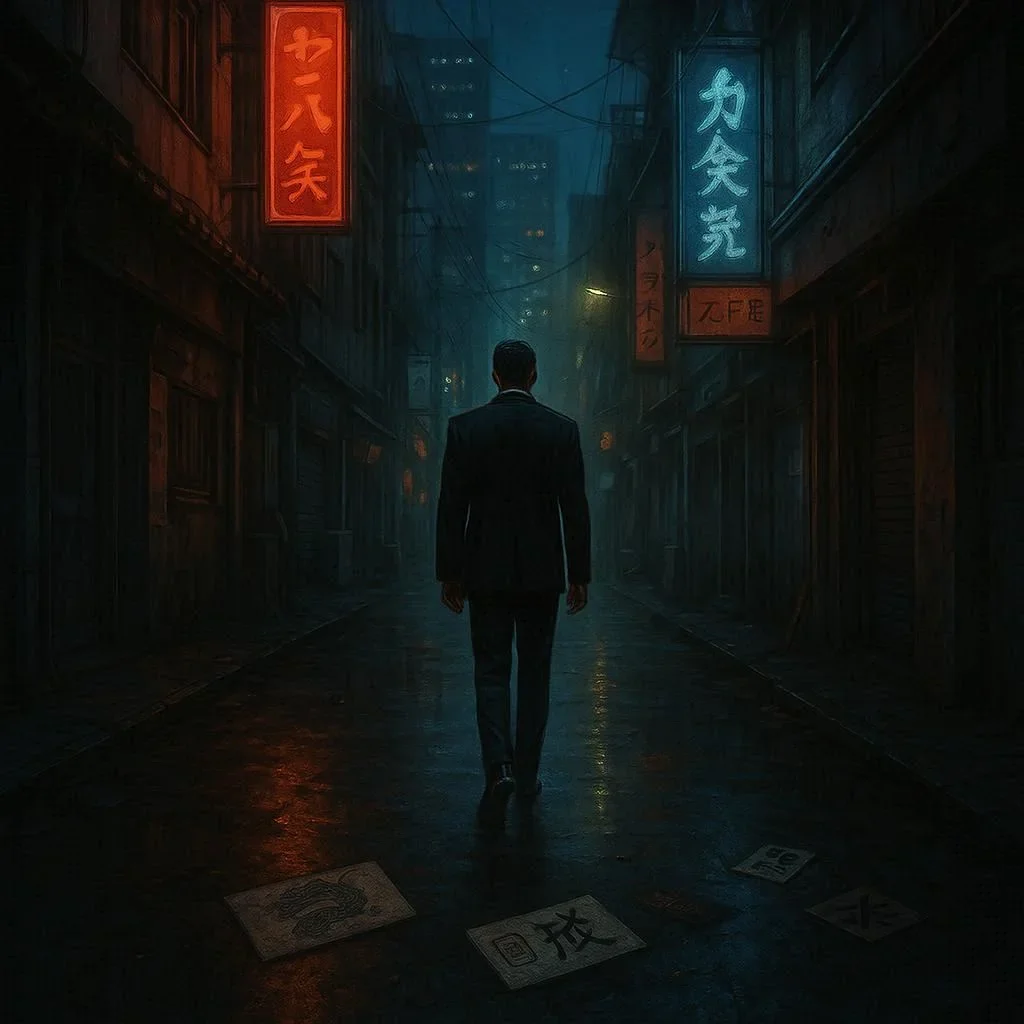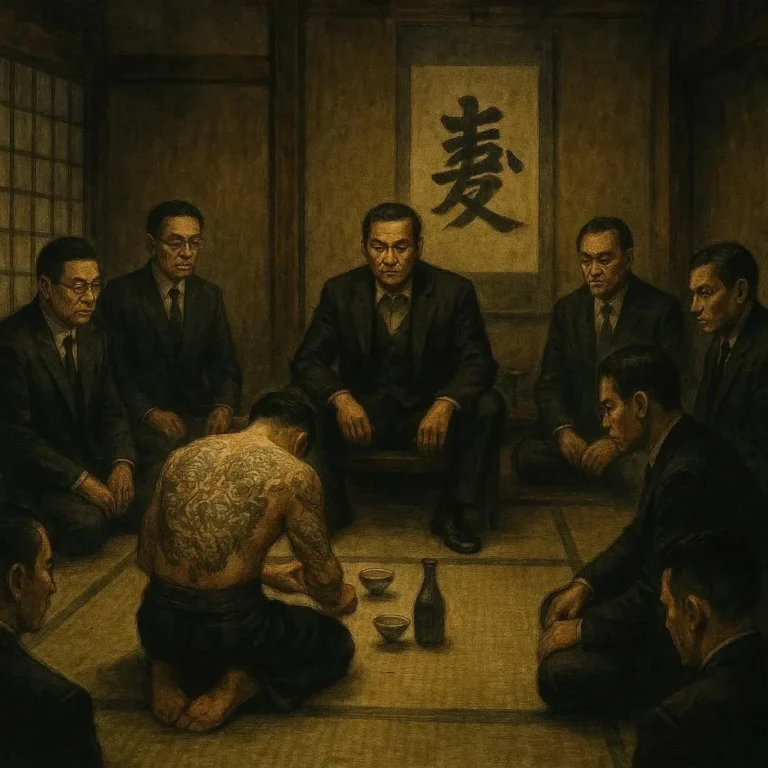507 views Ronin Rebellion: The Struggle of Masterless Warriors
Introduction
The term ronin—literally “wave‑torn” in Japanese—has long captivated the imagination of historians, gamers, and movie lovers alike. Yet beyond the poetic image of a lone samurai wandering a feudal landscape, ronin were a complex social phenomenon that, at its peak, staged a series of organized rebellions against the rigid power structures of 16th‑century Japan. In this article we explore how masterless warriors turned into a formidable resistance movement, the motives behind their uprising, the players who drove the conflict, and how their legacy ripples into our contemporary culture.
The Historical Canvas: Feudal Japan’s Hierarchy
To grasp the ronin revolt, one must first understand the social order from which they emerged. The samurai class, bound by an unyielding code of honor known as bushidō, served daimyō—regional lords who pledged loyalty to the shogun. A samurai’s value resided in katana in hand and kongō in spirit; fiefdoms, stipends, and the prospect of land were the currency that kept them loyal.
When a daimyō died without an heir, or when a shōgun revoked a daimyō’s lands, his retainers were left in legal limbo. Those soldiers who had sworn fealty found themselves abruptly without a master—a status that stripped them of social security and left them at the mercy of the daimyō they once served. The sudden wave of dispossession washed over thousands, creating a growing class of masterless warriors.
Birth of the Ronin Rebellion
The Spark: The 1578 Shogunate Edict
In 1578, Ashikaga Yoshiaki, the weakened shōgun, issued an edict aimed at curbing the rising power of daimyō by redistributing their land more directly under imperial control. While the policy sought to restore balance, it inadvertently destabilized the feudal economy. Many samurai, already in precarious positions, found their livelihoods threatened and began to question the legitimacy of the ruling order.
Cumulative Grievances
The grievance against the shogunate was not merely financial—it was existential. Samurai ethos demanded a form of debt and loyalty that was impossible to fulfill without a master. The concept of bushidō, with its emphasis on honor, duty, and self‑sacrifice, turned inward when the people who upheld the code suddenly found themselves lawless.
The First Open Insurrection
The first recorded organized ronin revolt erupted near Kyoto, where a cluster of dispossessed samurai began attacking small garrisons to steal samurai swords and repair their twisted sense of honor. The incident galvanized other ronin across the provinces, each hoping to carve their own niche in a destabilized order.
Key Players in the Rebellion
Yoshida Shōin: the Ideologist
Yoshida Shōin, a ronin scholar and former samurai of a coastal daimyō, played a crucial role in framing the rebellion. Writing to fellow ronin, he argued that the shōgun had betrayed the very principles of bushidō, and that the only path to restoring honor was to directly contest the shogunate’s authority.
Kawakami Tōshō: The Guerilla Leader
A former taikō (deputy governor) turned ronin, Kawakami Tōshō became the face of the armed resistance. He organized hit‑and‑run missions on supply routes, disrupting the shogun’s logistical network. His daring raids earned him both acclaim and notoriety.
The Miyamoto Clan: Balancing Honor and Survival
The Miyamoto family, famed for their swordsmanship, represents the emotional core of the rebellion. Rather than targeting the shogunate per se, they struck against corrupt daimyō who favored ronin over legitimately appointed retainers. Their tactics were a statement that honor could not subsist beside a corrupt bureaucracy.
Tactics and Strategies of the Ronin
The Art of Mobility
Ronin swore off permanent settlements. Their mobile approach deeply ingrained the idea of “wave‑torn.” Instead of large set‑piece battles, they leveraged the geography of Japan—fjords, bamboo forests, and mountain passes—to stage ambushes and surprise attacks. This decentralised approach not only inflicted damage over years but also made it increasingly difficult for the shogun to quell the unrest.
Guerrilla Irony
They also used psychological warfare: a group of ronin would storm a daimyō’s manor at night, forfend armor, and after stealing valuables and sacks of rice, they would leave a blood‑stained, hilt‑raised message saying, “Whoever steals a sword steals my soul.” The message, that too, contained deep rhetoric.
Exploiting Seasonal Weather Patterns
Ronin also used rainy, misty periods as cover, riding with special lightweight bamboo mounts and taking advantage of natural cover to form ambush camps. They used the coverage later to set treasures on fire burnt with the bitter scent of hot wildfire.
Cultural Footprint
The ronin rebellion, though not decisive in overthrowing the shogunate, influenced Japan’s cultural narrative. Because they lived on the edges of socially sanctioned order, they became a moral cautionary tale in post‑saga literature. In courtyard dramas and ukiyo‑e, the ronin’s plight is portrayed as the soul of a society.
The idea that a masterless warrior might pall or give sense that for maximizing their destiny, rebellious, resembling the genre of mon’mon. Their creative existence, far from being purely martial, became a symbolic line between order and anarchy.
Modern Resonance
In Popular Media
Renaissance films and anime frequently portray ronin as loners, but the Ronin Rebellion actually reflects an early form of civil disobedience. Video game designers incorporate ronin raids also, adding to their knowledge and roguish vibes via mechanics.
As a Metaphor for Modern Protest
In contemporary times, the ronin rebellion remains a metaphor for workers’ uprisings: when corporations or governments eliminate or reduce jobs—workers are left “masterless.” Through this lens, the ronin can be seen as early advocates presented for rehabilitated universals.
Conclusion
The story of the Ronin Rebellion is not one of mere martial daring but of a collective struggle against a crushing social system. Rabble‑rous, resolute and deeply emotional, the ronin embodied a crisis as well as a unique modern call to defend freedom. They carved the path for a new era of social justice, teaching us that even in the absence of a master, those who cultivate perseverance, respect, and personal ethics can fight for their existence and the future. Their narrative sits as an enduring lesson: when society reframes its assumptions, the wave‑torn may resurface as champions and a courageous wave of bondless change.







